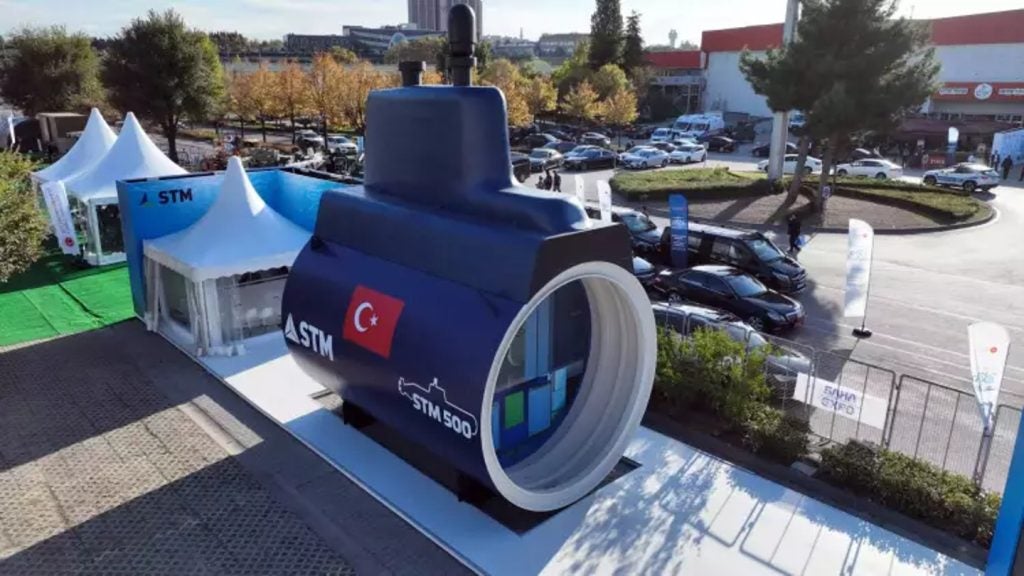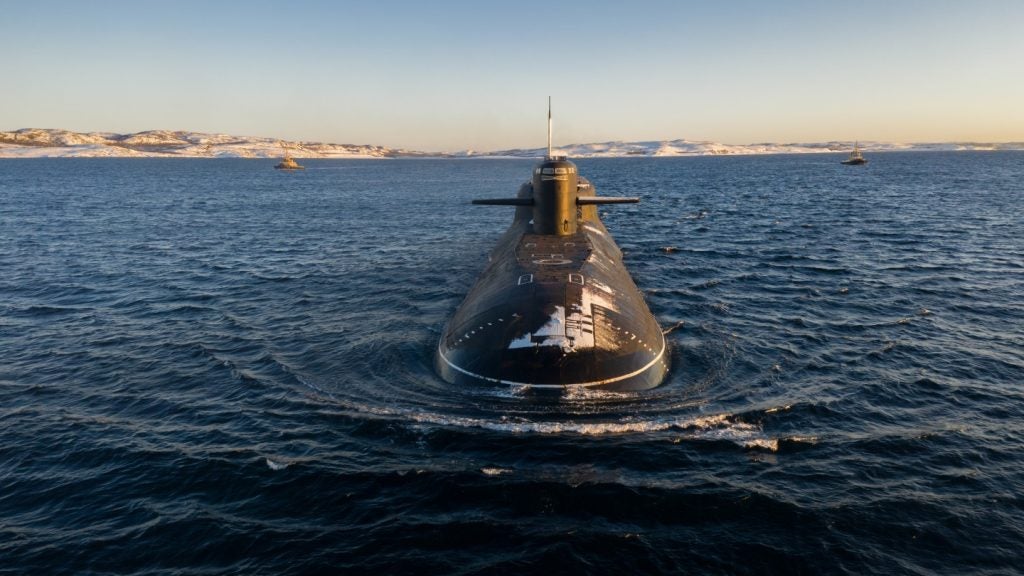
Airbus Defense and Space has successful completed factory acceptance testing (FAT) of the TRS-4D active electronically scanned array (AESA) radar, which is designed to support improved lethality of the US Navy’s Freedom-class littoral combat ship (LCS).
The TRS-4D is a three-dimensional, multi-function naval radar for surveillance, target acquisition, self-defence, gunfire support, and aircraft control.
It automatically detects and tracks all types of air and sea targets, alleviating crew workload requirements.
The TRS-4D radar for the US navy LCS is a rotating version of the AESA fixed panel TRS-4D and combines mechanical and electronic azimuth scanning to achieve fast generation of target tracks.
The radar’s AESA technology delivers increased sensitivity to detect smaller targets with greater accuracy, as well as faster track generation to give LCS more time to react to advanced threats.
Airbus Defense and Space president Mike Cosentino said: "Superior performance and adaptability for the future are key characteristics of the TRS-4D radar that set it apart from other radar systems.
"It supports the LCS evolution to a fast frigate, meets current and future threats, and can readily be adapted to change over the service life of the ship."
The programmable TRS-4D naval radar is scheduled to be fitted on Lockheed Martin‘s remaining LCS ships, starting with LCS-17.
The LCS class includes two variants, the monohull design Freedom variant and the trimaran design Independence variant, which are developed by two industry teams, led by Austal USA and Lockheed Martin respectively.
The ships are fast, agile and focused-mission surface combatants designed to provide capable, cost-effective solutions to gain, sustain and exploit littoral maritime supremacy for troops.
Image: The TRS-4D radar from Airbus Defense and Space. Photo: courtesy of Airbus Defense and Space.








